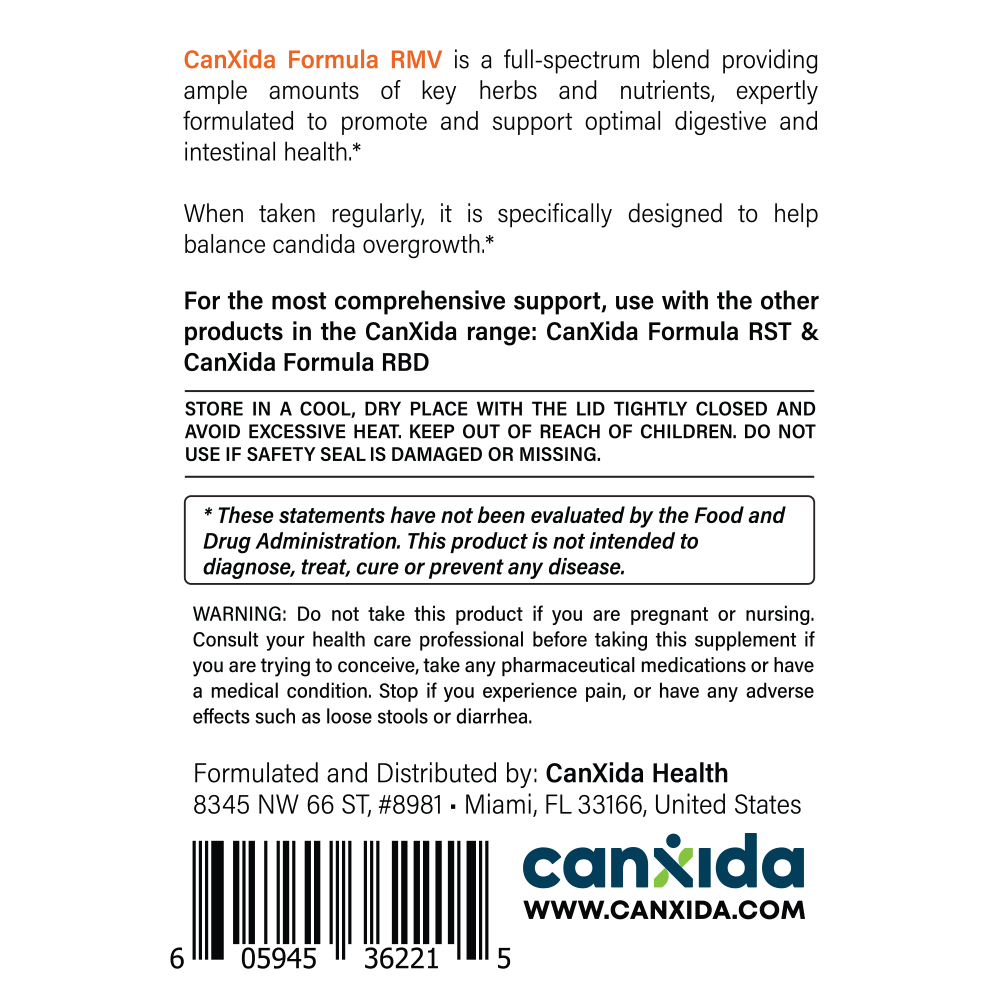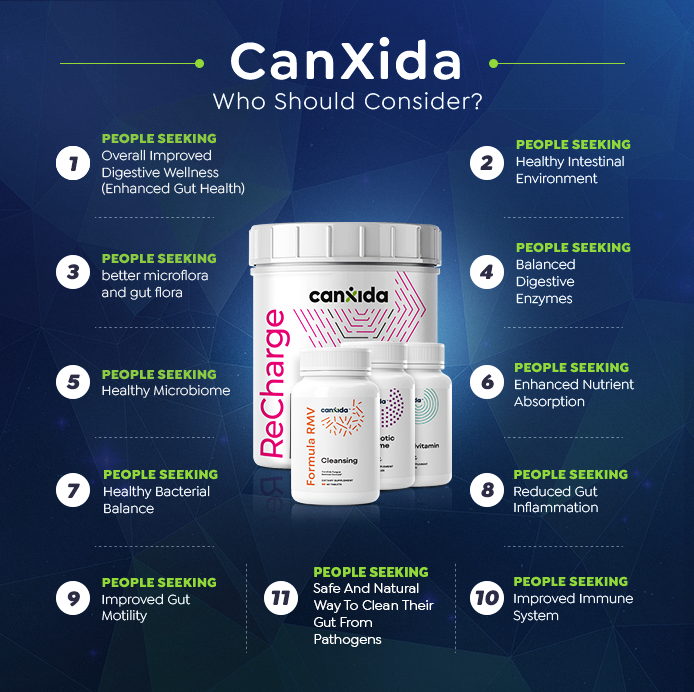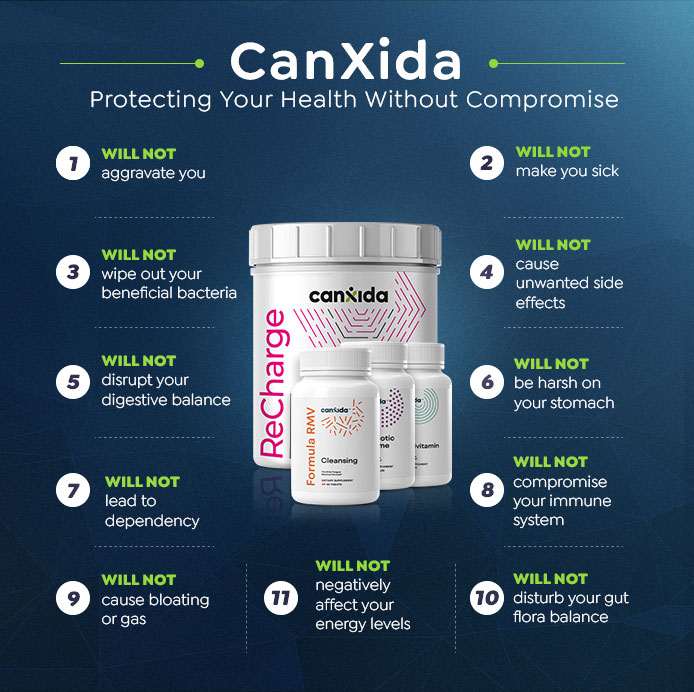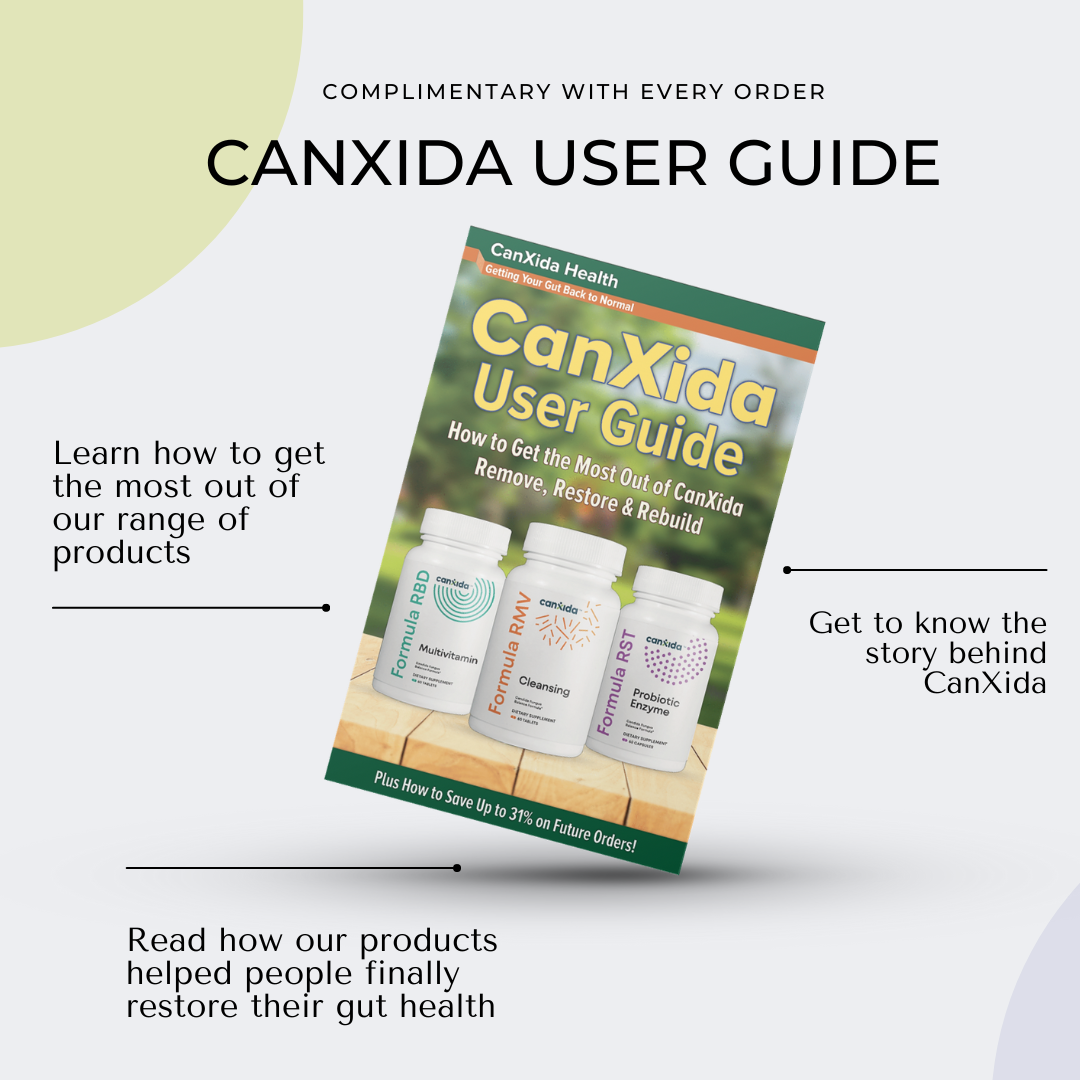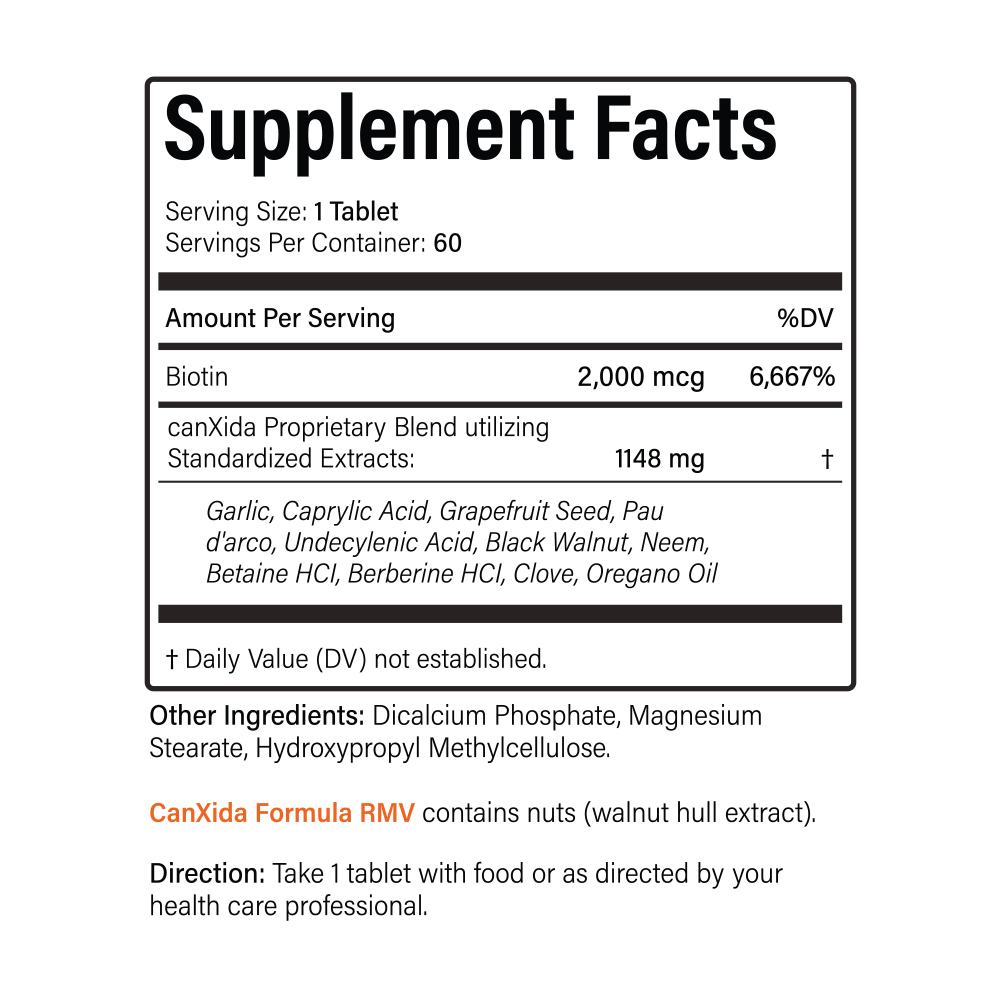Klarna.
Buy now. Pay with Klarna at your own pace.
Get what you love, choose how you pay.
pay now
Pay in full
pay in 4
Every 14 days
Pay in 4

Today

In 2 weeks
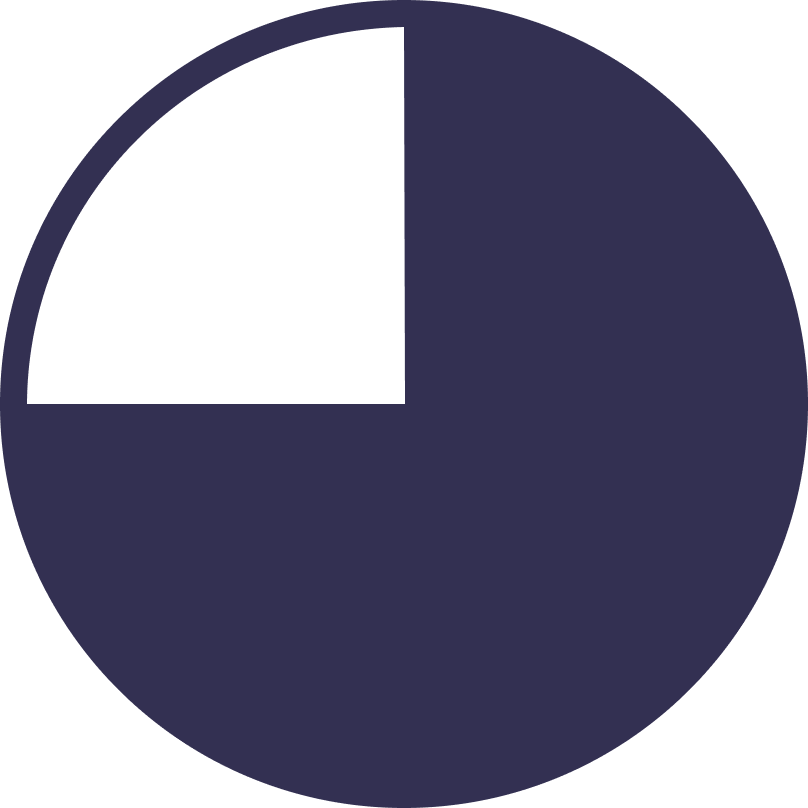
In 4 weeks

In 6 weeks
APR
0.00%
Interest
Free
Total
See payment Terms and conditions. A higher initial payment may be required for some consumers. CA residents: Loans made or arranged pursuant to a California Financing Law license.
How it works
At checkout select Klarna.
Choose your payment plan
Different payment plans may be shown depending on the purchase amount and credit score.
Complete your checkout
The amount will be charged based on the payment plan you chose.



